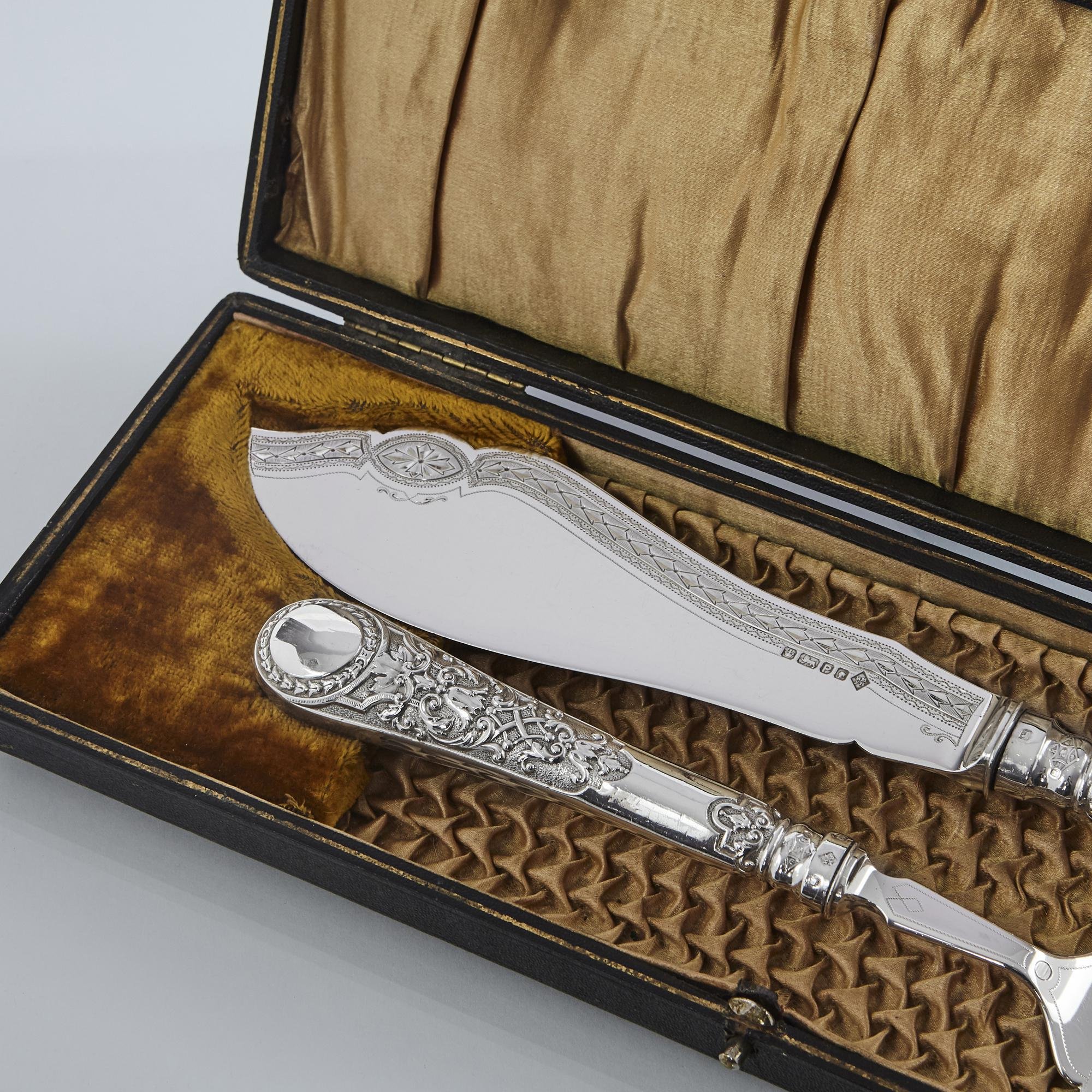Comic Book Collecting
8 September 2022
Super gains for superheroes?
Alexander Larman
Alexander Larman is the author of several historical and biographical titles including The Crown in Crisis & Byron’s Women. He is books editor of The Spectator world edition and writes regularly about literature and the arts for publications including The Observer, Prospect, The Chap and the Daily Telegraph.
The Savage She-Hulk #12 Bronze Age Marvel Comics.
For Sale by Knowing Flame Comics.
If you’ve been anywhere near a cinema in the past couple of decades, you’ll know that the prevailing trend in big blockbuster filmmaking is now brash, brightly coloured superhero films, with some of the best actors working today struggling to make an impression amidst state-of-the-art special effects and (when it can be heard) drily witty dialogue. These multi-million pound behemoths owe their origins to American comic books that originated in the 1930s and have since become both hugely influential and, when they can be found in good condition, peerlessly collectable.
If collecting comic books was once considered the preserve of a certain kind of middle-aged man, this has changed immeasurably over the past decades. Celebrity comic book aficionados include Leonardo DiCaprio, Nicolas Cage (who famously had to sell much of his collection to pay bankruptcy bills, including a rarer-than-rare Action Comics # 1, featuring the first appearance of Superman, which netted $2.16 million at auction in 2011) and even Barack Obama, who sold off his comic book collection to pay for his tuition at Harvard Law School. In 2016, the then-President mused ‘A painful moment for any young man, selling his comic book collection. It’s tough. Been there.’
Obama may be unique in that, in addition to being a collector, he has also been featured in comic books, including an edition of Marvel’s The Amazing Spider-Man. But he and his ilk have also made the genre not just fashionable, but hip. Which is good news for such people as leading comic book dealer Tim Forrester, proprietor of Knowing Flame Comics and specialist in Silver and Bronze Age Marvel and DC Comics.
When asked who collects comic books, Forrester replies ‘There are generally three camps: readers, collectors and speculators. Vintage comic book readers are predominantly male and tend to be elderly or middle-aged. The folk in this particular demographic tend to be lifelong comic book fans. Collectors, meanwhile, can ostensibly be lumped into the same camp as readers. Both are genuine fans of the comic book medium, but collectors tend to be more focused on completing a run than reading the content. They are more concerned with grading and their driving behaviour tends to be more about ownership. This is a trait they share with the speculator, but vintage comic book speculation is not always in the domain of the fandom itself.’ As Forrester says, with a faint touch of contempt, ‘Comics, in this instance, are considered as nothing more than financial investment.’
This is something that has never been true of much-loved British titles such as The Beano or The Dandy. Although a copy of the first issue of The Beano sold at auction in £8700 in 2019, and the first Dandy realised £3450 earlier this year, these prices are petty in comparison with the American comic books. Forrester notes, ‘Very few people will be speculating on vintage issues of The Beano and The Dandy – they were British comic book institutions, but there is no real global demand for them like their Marvel & DC counterparts, and a first edition of either of these comics is small change compared to sought after Marvel and DC issues.’ Instead, it is the so-called ‘golden age’ of comics from 1938 to 1956 that have attracted collectors for decades. According to Forrester, this is for simple reasons. ‘Around this time, the medium as an artform blossomed in terms of subject matter. This period brought us the superhero genre, as well as crime, romance and horror comics, amongst others.’
The Beano Comic 1949 Complete Year Issues 352 - 389.
For sale at Brought to Book Ltd for £2,750.
Obviously, it could not last - ‘this era ended in moral panic and the imposed self-censorship of the comic book industry with the advent of the comic book code.’ Out went ambiguity, darkness and challenging content, and in came straightforwardly uplifting tales in which good triumphed over evil, and in which all-American family values were upheld at all times. Yet it’s the earliest, more ambiguous comic books that remain the most collectable, especially if the condition is immaculate. As Forrester says, ‘For comic books with really high-end value, such as Action Comics #1 or Detective Comics #27 (the first appearance of Batman), I would imagine the difference between one turning up in a CGC (Certified Guaranty Company) grade of 9.6 in comparison to a 9.8 would be several thousand dollars. This despite there being no immediate visual difference between the two grades.’
This doesn’t mean that recent comic books aren’t collected, too. Now that they routinely have smaller print runs than they used to, they can have their moment, but, according to Forrester, it often doesn’t last long. ‘The Walking Dead is a good example. It had a small print run and changed hands for several hundred even before the TV series became a phenomenon. Prices have bottomed out now that the hype has died down; most sought after modern comics only have a limited time in the sun.’
Forrester – who professes himself to be a fan of Art Spiegelman’s Pulitzer Prize-winning Holocaust analogy Maus – suggests instead that Miles Morales, star of the modern-day Spider-Man books, will be the most sought-after contemporary character in the future. ‘Kids today may not read comics, but they all know who Miles Morales is. He even has his own PlayStation game and is popular even with the fandom. His first appearance is already changing hands for silly money. But it’s best to be cautious; I wouldn't recommend anybody paying current market value for it as a potential financial investment. I predict the price will come down hugely before potentially rising again in about 20 years.’
And Forrester knows about what can happen with the insanely sought-after comic books, too. When asked what the most valuable title he’s ever handled is, he replies ‘I want to say it was a tight copy of Amazing Fantasy #15, in which Spider-Man appears for the first time. Sadly, the offer came when I was starting out; I didn't have deep enough pockets for it, as they wanted £4000. I sent the offer to a regular customer who jumped at the chance.’ Wistfully, he muses, ‘In a way, I still like to think I sold a copy of Amazing Fantasy #15. Today, it would probably sell for between £8k and £9k.’ Sometimes, true heroes don’t have to wear capes.






























